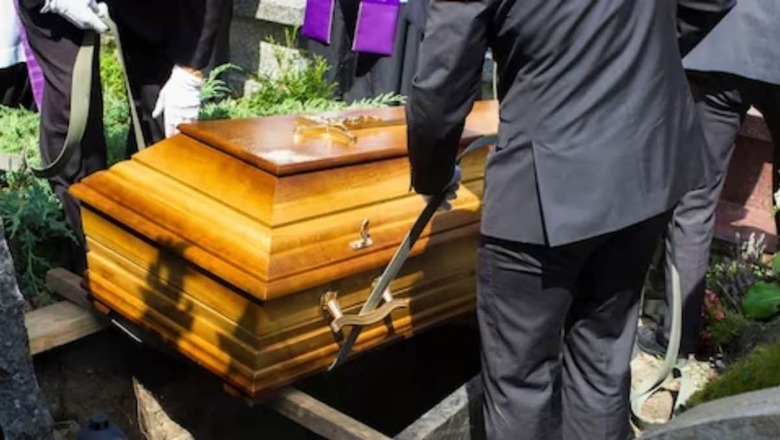
views
Being buried alive or discovering that you have been mistaken for the dead when you wake up six feet underground is one of humanity’s most widespread phobias throughout history. Although uncommon, these incidents have occasionally happened and serve as the inspiration for Jan Bondeson’s book Buried Alive: The Terrifying History of Our Most Primal Fear.
This 2001 book is the main source of internet claims of a woman named Essie Dunbar who, according to folklore, in 1915, had a seizure, was declared dead, was only half-buried during her funeral and was later dug up for her bereaved sister who had arrived late. According to the legend, when the coffin was opened, Dunbar was discovered to be alive and in her senses.
Dr. D. K. Briggs of Blackville, South Carolina, was summoned to treat thirty-year-old Essie Dunbar for an epileptic fit during the summer of 1915. He pronounced her dead after finding no evidence of life.
Essie’s sister, who lived in a nearby town, was able to attend the funeral, which was scheduled for eleven in the morning after the corpse was placed in a wooden coffin. Three preachers took turns leading the lengthy ceremony. When Essie’s coffin was put into its six-foot-deep grave, the sister was still nowhere to be seen. She arrived late and requested the coffin be opened so that she could see her sister one last time.
However, Essie sat up and smiled at her sister when the screws were undone and the coffin lid opened.
The three preachers, in complete shock and dread, collapsed backwards into the grave, all three suffering fractured ribs.
Screaming, the mourners, among them Essie’s sister, ran away, thinking she was a ghost. They went into total hysterics and stampeded into town when they realised that Essie, who had risen from the grave, was pursuing them.
Essie lived for 47 years more and died in 1955. For many years, she was viewed with suspicion in her neighbourhood as people thought she had returned from the dead.


















Comments
0 comment